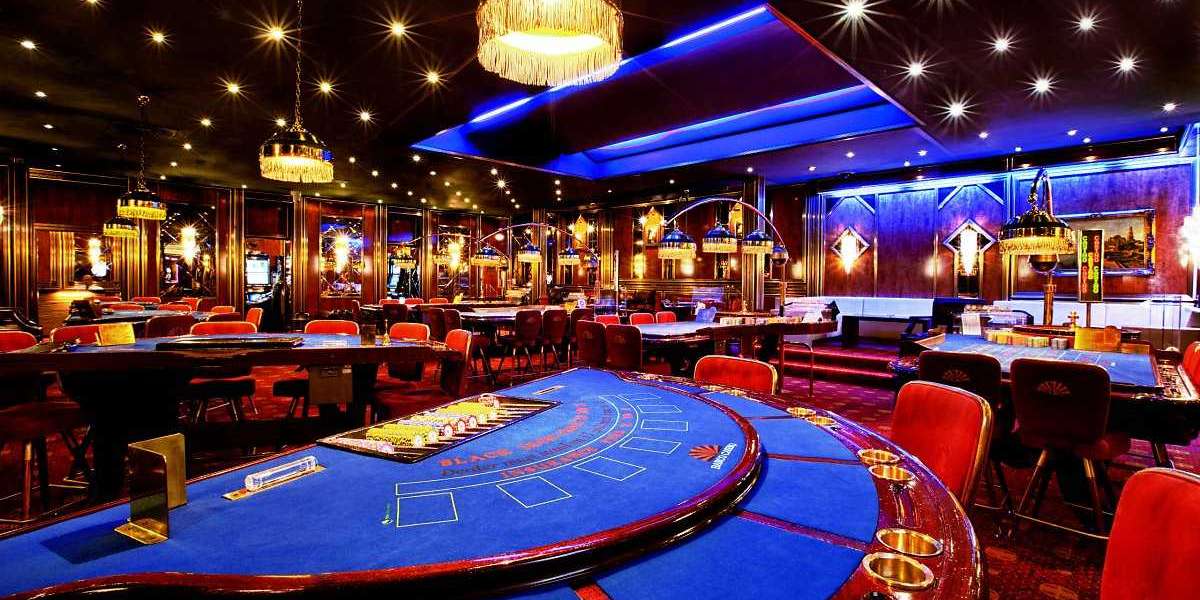As businesses increasingly prioritize sustainability, the modern workplace is evolving to reflect these values. Making sustainable choices in office furniture and design not only reduces environmental impact but also creates a healthier, more productive environment for employees. Here are some key sustainable choices to consider for a modern workplace:
1. Eco-Friendly Materials
Key Elements:
- Recycled and Upcycled Materials: Furniture made from recycled plastics, metals, and reclaimed wood reduces the need for new raw materials and minimizes waste.
- Sustainable Wood: Opt for furniture crafted from FSC-certified wood, ensuring that the wood comes from responsibly managed forests.
Examples:
- Recycled Plastic Chairs: Brands like Emeco offer chairs made from post-consumer recycled plastics, combining sustainability with modern design.
- Reclaimed Wood Desks: Urban Wood Goods creates desks from reclaimed barn wood, providing a rustic yet eco-friendly aesthetic.
2. Low-VOC Finishes
Key Elements:
- Non-Toxic Finishes: Furniture with low or zero volatile organic compounds (VOCs) in their finishes helps maintain indoor air quality, reducing harmful emissions.
- Water-Based Coatings: These are a safer alternative to traditional solvent-based finishes, offering similar durability without the environmental impact.
Examples:
- GreenGuard Certified Furniture: Products with this certification, like those from Steelcase, ensure low chemical emissions.
- Water-Based Finishes: Companies like Herman Miller use water-based finishes to minimize VOC emissions in their products.
3. Energy-Efficient Lighting
Key Elements:
- LED Lighting: LED lights consume significantly less energy than traditional incandescent bulbs and have a longer lifespan, reducing the need for frequent replacements.
- Smart Lighting Systems: Automated lighting systems that adjust based on occupancy and natural light availability can further reduce energy consumption.
Examples:
- Philips Hue LED Lighting: These smart bulbs can be controlled via app to adjust brightness and color, optimizing energy use.
- Lutron Caseta Wireless Lighting: This system allows for remote control and scheduling of lights, enhancing energy efficiency.
4. Modular and Reconfigurable Furniture
Key Elements:
- Adaptable Workstations: Furniture that can be easily reconfigured for different needs reduces the need for new furniture when re-organizing office layouts.
- Multi-Functional Pieces: Items that serve multiple purposes, such as storage units that double as seating, maximize utility and reduce the need for additional furniture.
Examples:
- The Steelcase Flex Collection: Offers modular desks and storage solutions that can be easily reconfigured to suit various office needs.
- Ikea’s Bekant Series: Includes versatile pieces that can adapt to different workspace requirements.
5. Greenery and Biophilic Design
Key Elements:
- Indoor Plants: Incorporating plants into office design improves air quality and enhances employee well-being.
- Biophilic Elements: Design elements that mimic nature, such as natural light, water features, and natural materials, create a calming, productive environment.
Examples:
- Living Walls: Companies like Sagegreenlife offer living wall installations that bring nature indoors.
- Planter Desks: Products like those from Bloomscape integrate greenery directly into desk design.
6. Sustainable Certification and Standards
Key Elements:
- Certified Products: Choose furniture certified by sustainability standards such as Cradle to Cradle, BIFMA LEVEL, or GreenGuard.
- LEED Certification: Aim for LEED certification for office buildings, which includes criteria for sustainable building materials and energy efficiency.
Examples:
- Cradle to Cradle Certified Furniture: Products from manufacturers like Herman Miller ensure materials can be safely reused or composted.
- LEED-Certified Buildings: Many modern office buildings, such as those designed by Gensler, achieve LEED certification through sustainable design practices.
7. Local and Ethical Manufacturing
Key Elements:
- Locally Sourced Materials: Using locally sourced materials reduces transportation emissions and supports local economies.
- Fair Trade Practices: Ensure that the furniture is produced under fair labor conditions, promoting ethical manufacturing.
Examples:
- Local Craftsmanship: Companies like Vermont Woods Studios produce high-quality furniture using locally sourced wood.
- Ethically Made Furniture: Brands like Fair Trade Furniture ensure fair wages and safe working conditions for their artisans.
8. Energy-Efficient Appliances and Equipment
Key Elements:
- Energy Star Rated Appliances: Choose office appliances that are Energy Star certified to ensure they meet energy efficiency guidelines.
- Low Energy Consumption Devices: Opt for computers, printers, and other office equipment designed to use less energy.
Examples:
- Energy Star Certified Printers: Brands like HP and Brother offer energy-efficient printers that reduce electricity usage.
- Eco-Friendly Office Equipment: Dell’s range of energy-efficient computers and monitors are designed to minimize power consumption.
9. Recycling and Waste Reduction Programs
Key Elements:
- Recycling Stations: Implement comprehensive recycling stations throughout the office to encourage proper waste segregation.
- Zero-Waste Initiatives: Aim for zero-waste by reducing disposable items and promoting reusable alternatives.
Examples:
- Recycling Bins: Simplehuman’s sleek and functional recycling bins make waste segregation easy and efficient.
- Reusable Office Supplies: Encourage the use of reusable items such as stainless steel water bottles and ceramic coffee mugs.
10. Employee Well-Being Initiatives
Key Elements:
- Wellness Programs: Incorporate wellness programs that focus on physical and mental health, such as ergonomic assessments and mindfulness sessions.
- Comfortable Break Areas: Design break areas with comfortable, sustainable furniture to provide a relaxing space for employees.
Examples:
- Ergonomic Assessments: Offer regular ergonomic assessments to ensure workstations are set up correctly for employee health.
- Comfortable Lounge Furniture: Brands like Knoll offer sustainable and comfortable seating options for break areas.
Conclusion
Incorporating sustainable choices in office furniture and design not only aligns with environmental goals but also fosters a healthier, more productive workplace. By prioritizing eco-friendly materials, energy efficiency, modular designs, and biophilic elements, businesses can create modern workspaces that support both people and the planet. Investing in sustainable office solutions is a forward-thinking approach that benefits employees, the environment, and the bottom line.








